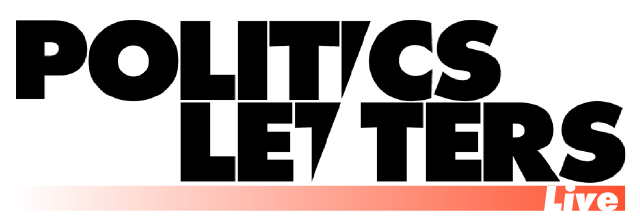March 19, 2020 9:00 a.m.
In New York for little more than 12 hours. Spent the night in a near-empty apartment as a necessary stopover on the long trip with my daughter to collect her things from her room at school, so she can finish her semester living at home with us in Williamstown. The day’s new rules meant the woman who delivered our dinner was not allowed in past the lobby. I’d already tipped generously—combat pay for the precariat—but also asked her to set the food down, waiting to collect it until she’d left. After dinner, I took my daughter up to the roof. Buildings were lit in every direction. It seemed another ordinary night in the city, as long as we didn’t look down to the nearly empty streets around us.
I woke up early, as usual, and while my daughter slept, I walked down W. 10th St. to the river. Social distancing? I never came within 15 feet of anyone. The Hudson Greenway was nearly empty and it took only a little street ballet to veer well clear of fellow walkers on the way there and back. It was cold, drizzling, I had neither umbrella nor raincoat, but, amidst my melancholy, I was grateful to be where I was. As I walked from Tenth down to a bit below Canal, Jersey City flickered through the mist and the towers of lower Manhattan loomed ahead. My ramble back along Morton, Commerce, Bedford, and Grove presented a very different cityscape, with some trees already bursting into bloom. I know few spots that move me so much or provide so much joy.
A displaced urbanite who has made a (good) life in rural New England, I spent my walk thinking about this city I love (one of three that has my heart, and maybe the one with the strongest claim, now) and also about urbanism and urbanity. My mind went to Delany’s Times Square Red, Times Square Blue, a book I have taught for years, not only for its ode to a vanished or perhaps vanquished neighborhood scene, a lost form of sociality and sexual encounter, but for his theorization of “contact” amidst and through social heterogeneity. His concept is an idealization, perhaps (think of the current demography of the streets I just named), but one that can shape, and enhance, a life. For the moment, we all must minimize many forms of contact, of course. Communities like ours on this platform also hope the current plague will be a wake-up call, that as a society we will finally confront problems long disavowed. But surely urbanity, and all that is most vibrant in it must return. And perhaps a reckoning with what’s been disavowed could make the return more democratic and egalitarian? I have read in the press some speculations on and intimations of urbanity’s passing or obsolescence. The comments make me not only anxious but suspicious. Like the racism and xenophobia with which it freely intermingles, the anti-urban impulse has always coursed through American society. Maybe we need a petition defending the ideal of rights to the city, just as we need one the one currently seeking to preserve a free and fair fall election.
Soon, as I drive under the river through the Holland Tunnel, which I imagine will be less clogged with traffic than on any of my previous trips, I know I’ll be wondering when I’ll be back. I fear not for a long time, perhaps longer than seemed possible to me only a week ago. But if I’m alive and mobile, I will be here when the streets return to life.

